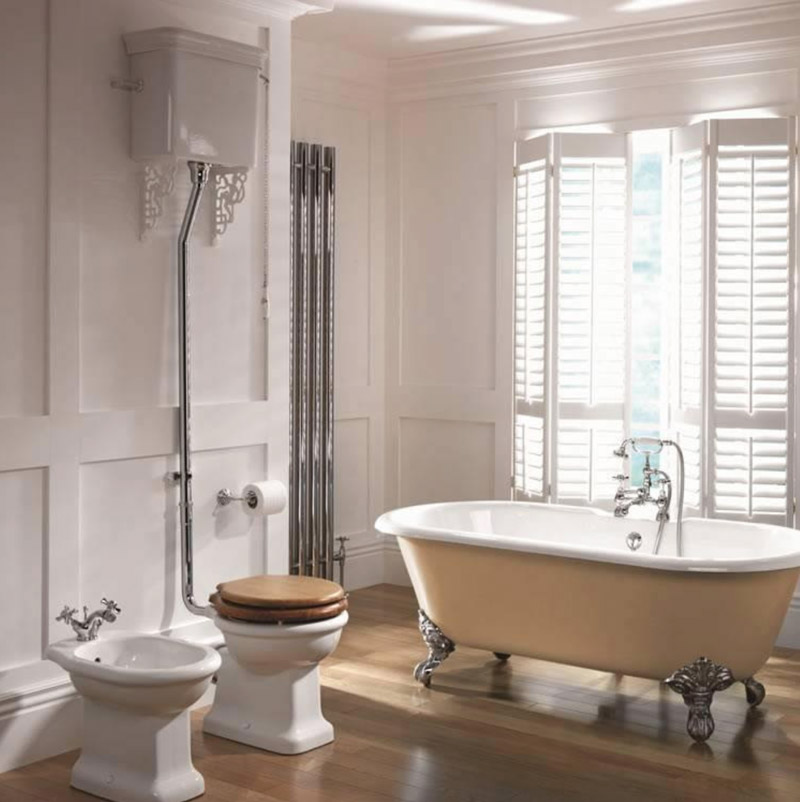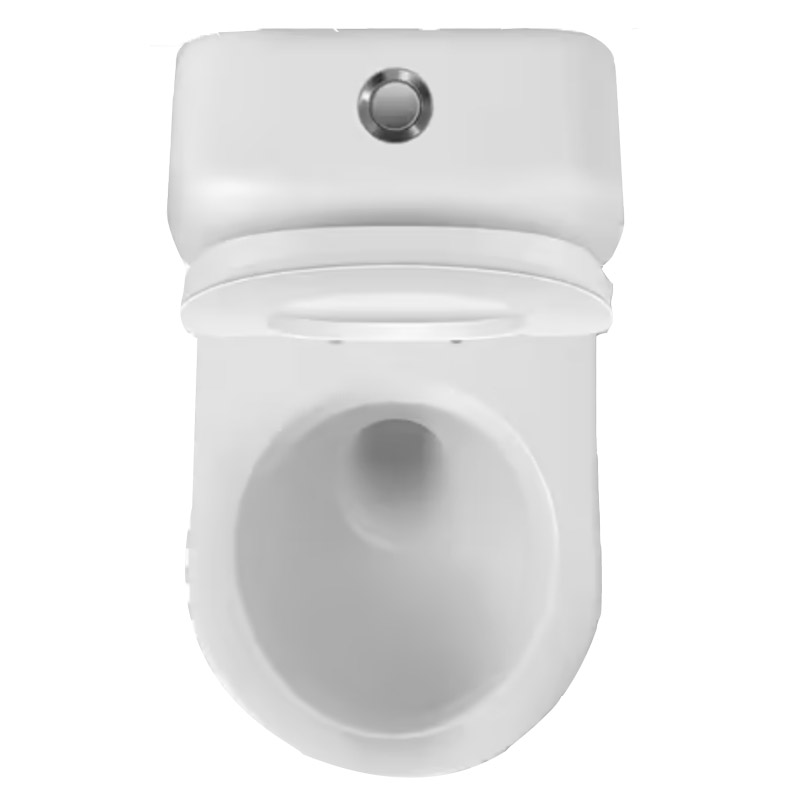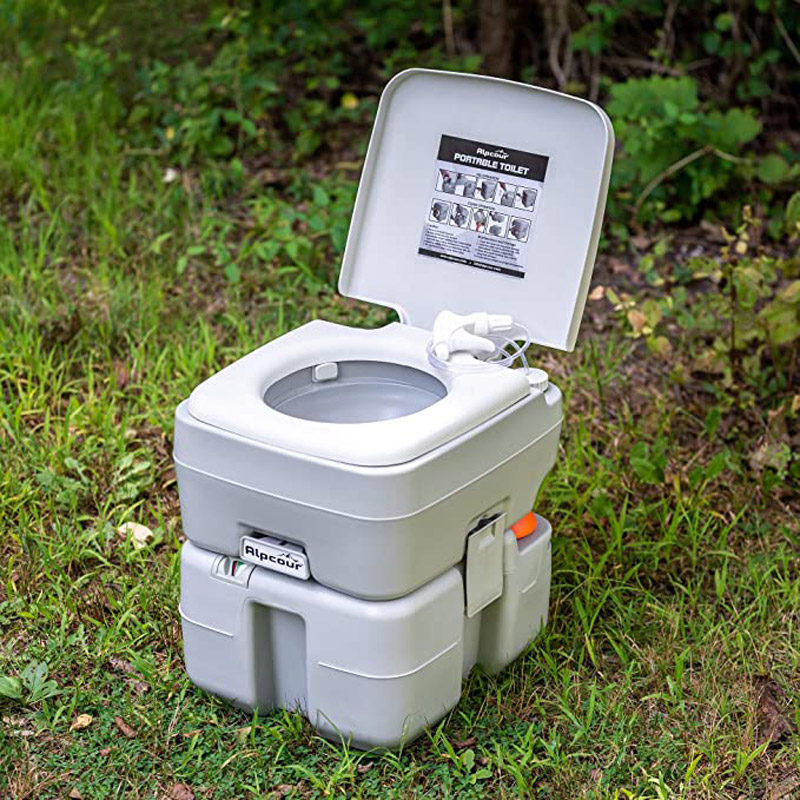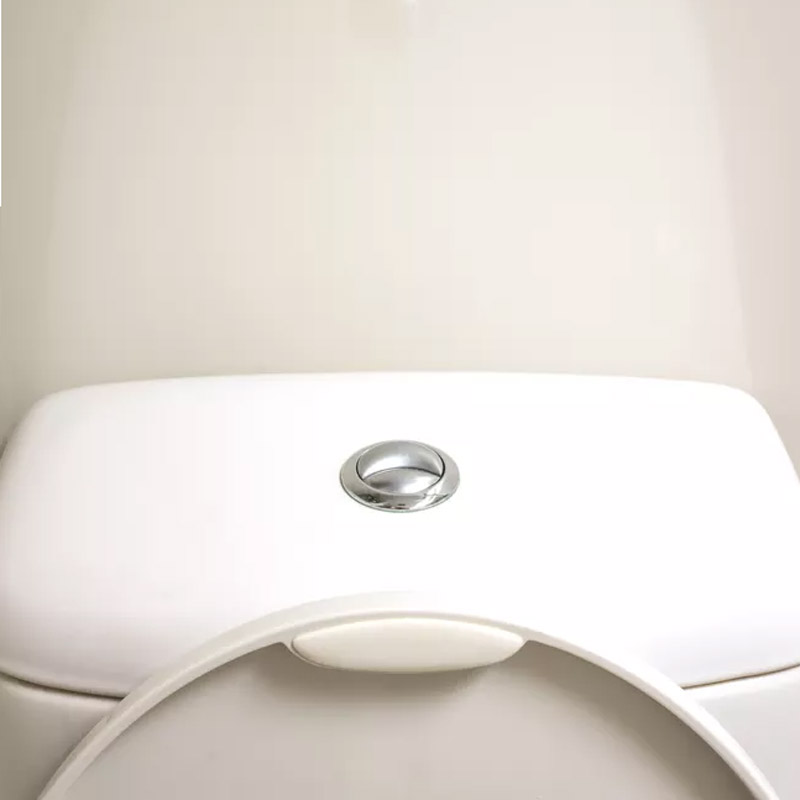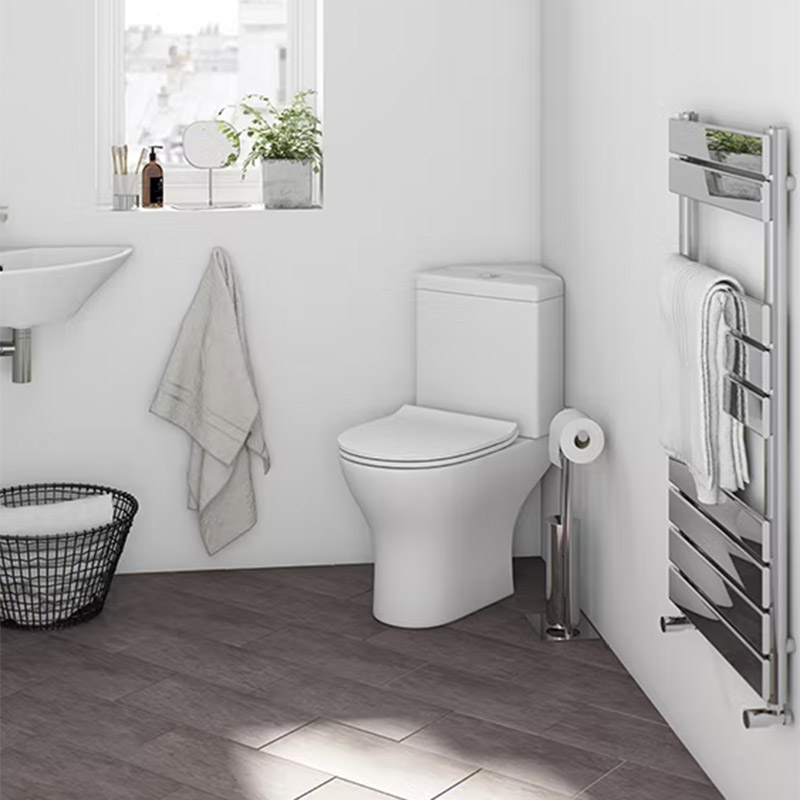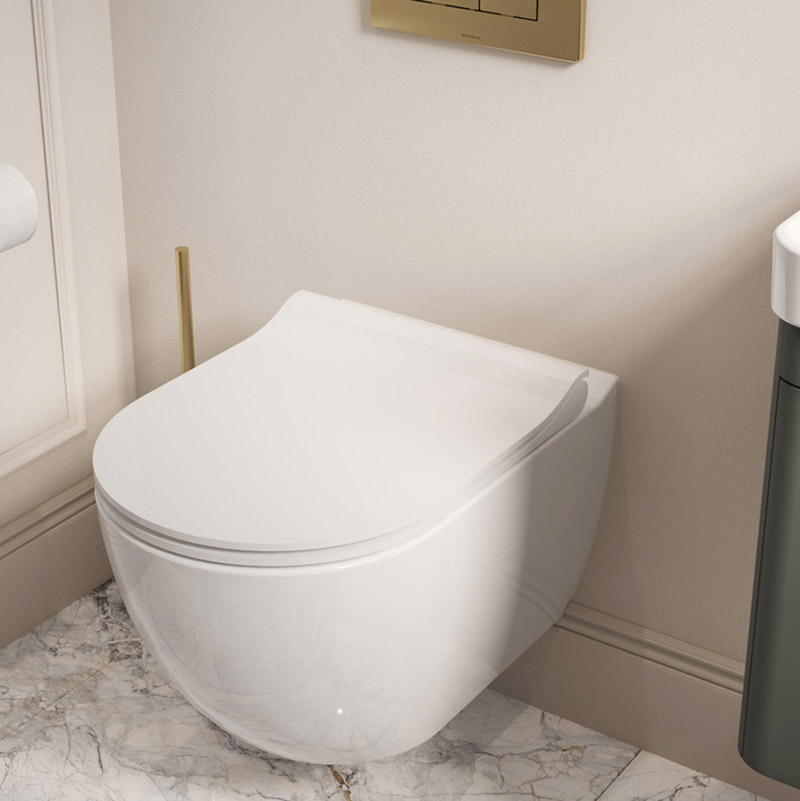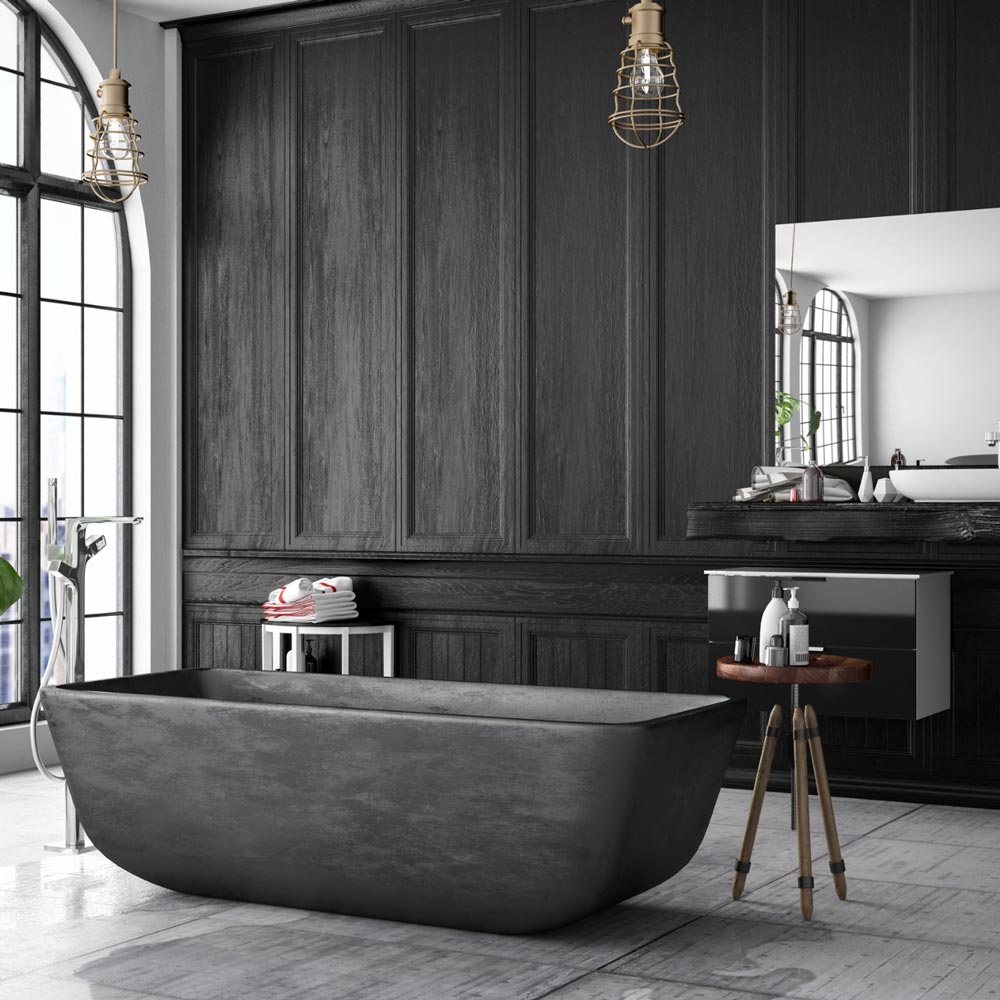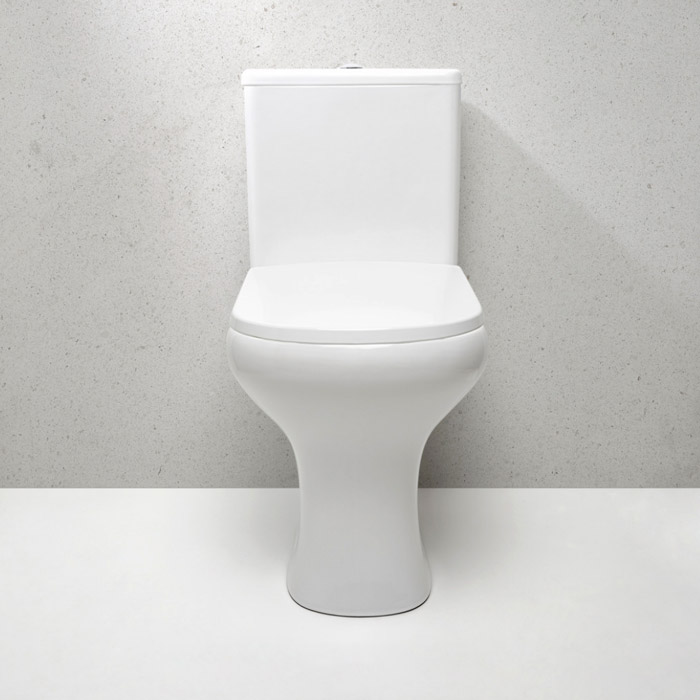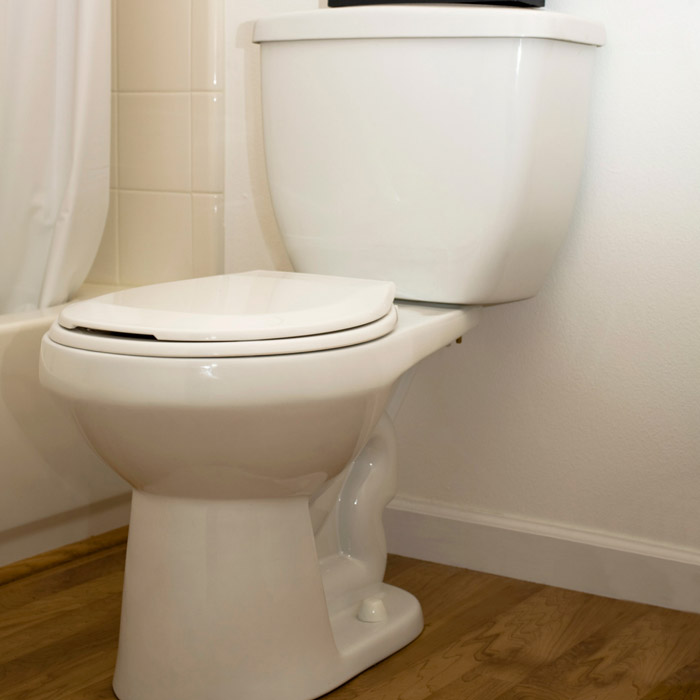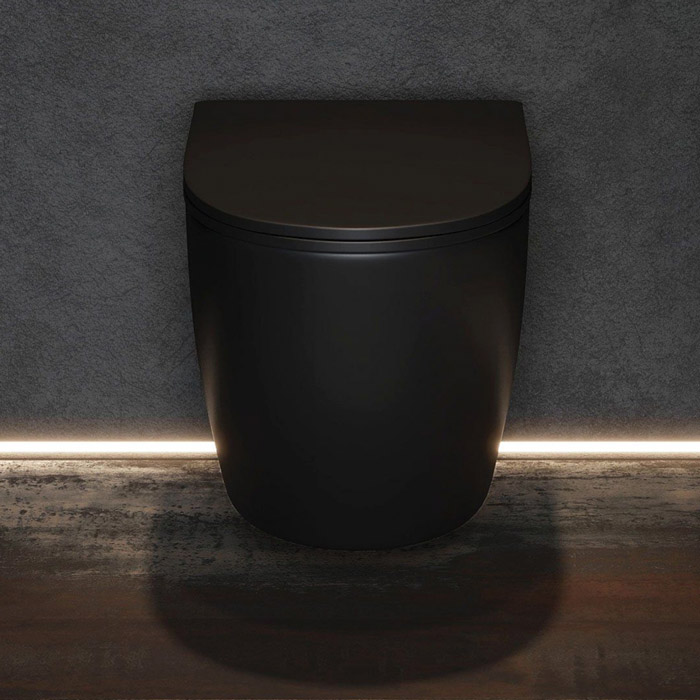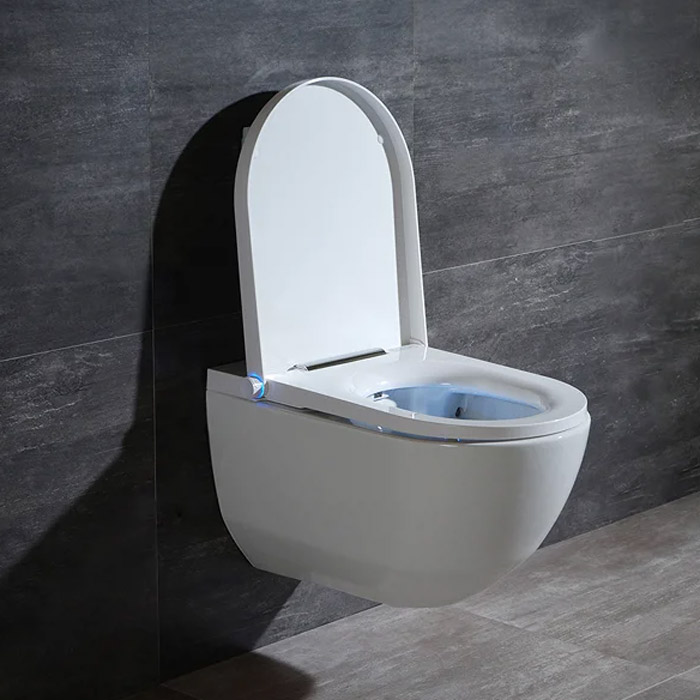Regarding home essentials, few items are as important as the toilet. We use it multiple times daily, yet it’s often overlooked in maintenance and upkeep. In this anchor page, we’ll explore everything you need to know about toilets – from the different types available to installation and maintenance tips.
Having a well-functioning toilet is essential for a comfortable and hygienic home environment. Not only is it necessary for essential bodily functions, but it also plays a role in overall cleanliness and sanitation. A poorly functioning toilet can lead to unpleasant odours, unsanitary conditions, and health hazards.
But don’t worry – in this guide, we’ll cover everything you need to know to keep your toilet in shape. Whether dealing with a clogged toilet or considering upgrading to a newer model, we’ve got you covered. By the end of this guide, you’ll have all the knowledge you need to take care of your toilet and ensure it’s always functioning at its best.
So, if you’re ready to become a toilet expert and take your bathroom experience to the next level, let’s dive in!
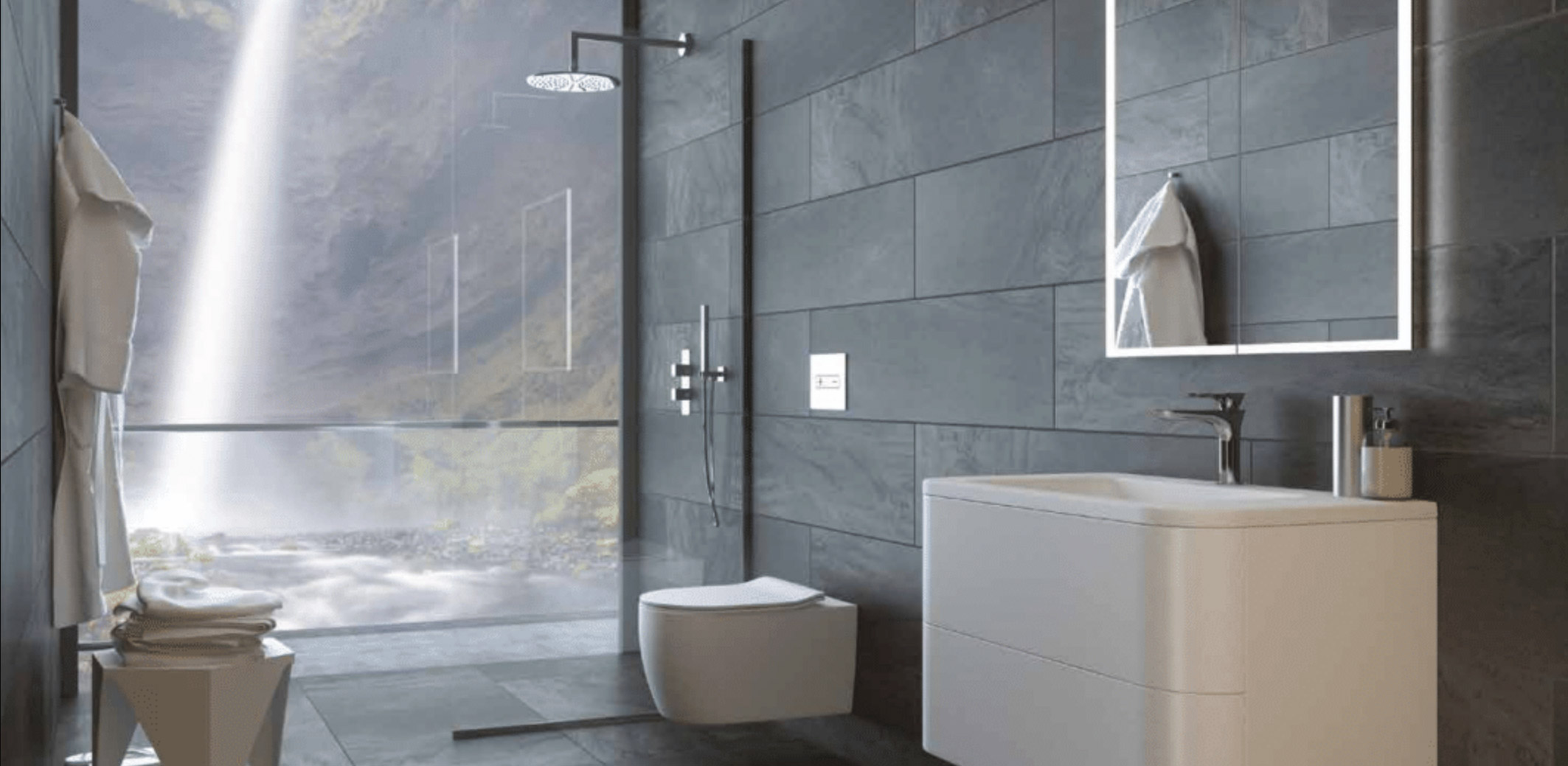
Types of Toilets
When it comes to toilets, there are various types to choose from. Each type has its pros and cons, so it’s essential to understand the differences to choose the best one for your needs. In this section, we’ll provide an overview of the different types of toilets, their advantages and disadvantages, and which type might be best suited for you.
The most common type of toilet is the standard toilet. This is the traditional model that you’ve likely seen in most homes. Standard toilets are affordable, widely available, and easy to install. However, they are not the most efficient in terms of water usage and may not be the best choice if you’re looking to conserve water.
Low-flow toilets are another option to consider. These models use less water per flush, making them more environmentally friendly and cost-effective in the long run. However, they may be less effective at removing waste and require more frequent cleaning.
Dual-flush toilets offer the best of both worlds – they have two flush options, one for solid waste and one for liquid waste. This allows for more efficient water usage and can save you money on your water bill. However, they can be more expensive to purchase and install.
Composting toilets are more eco-friendly and use natural processes to break down waste. They don’t require water for flushing and can even produce compost that can be used in gardens. However, they may require more maintenance and upkeep than other types of toilets.
Portable toilets are popular for outdoor events, camping trips, and construction sites. They are easy to transport and set up but require frequent maintenance and cleaning.
Wall-mounted toilets are a space-saving option mounted directly onto the bathroom wall. They can give your bathroom a modern, streamlined look, but they may be more challenging to install and repair than other types of toilets.
Corner toilets are designed to fit into small, tight spaces. They can be a great option if you have a small bathroom or powder room, but they may not be as comfortable as other types of toilets.
When choosing a toilet, consider your budget, water usage goals, and the space in your bathroom. By understanding the pros and cons of each type of toilet, you can make an informed decision and choose the best one for your needs.
See Related Post: How to Choose the Right Suite
Toilet Installation
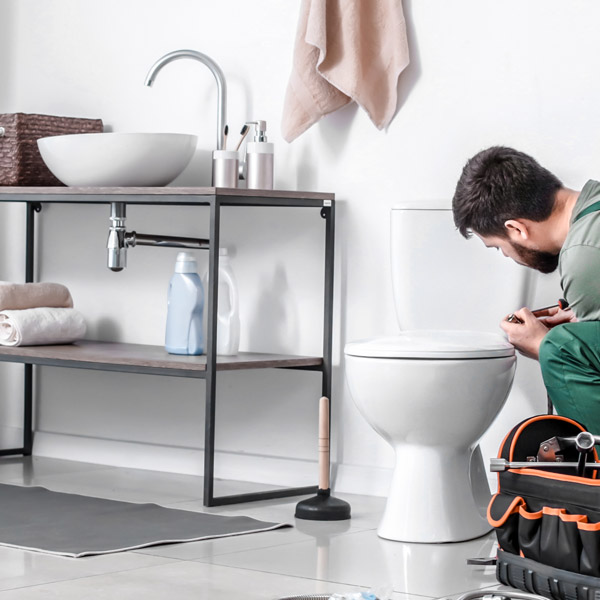
Proper installation is critical to ensuring your toilet functions properly and lasts for years.
A poorly installed toilet can lead to leaks, cracks, and other issues that can be expensive.
In this section, we’ll discuss the importance of proper toilet installation, provide a step-by-step guide to installing a toilet, and highlight common mistakes to avoid.
A. The Importance of Proper Toilet Installation
Proper toilet installation is essential to ensuring that your toilet functions correctly and doesn’t cause any damage to your bathroom.
A toilet installed incorrectly can lead to leaks, cracks, and other issues that can be expensive. Additionally, a poorly installed toilet may need to be fixed, which can be frustrating and unsanitary.
B. Step-by-Step Guide to Installing a Toilet
Here’s a step-by-step guide to installing a toilet:
- Turn off the water supply to the toilet.
- Remove the old toilet, including the wax ring and any mounting bolts.
- Install the new wax ring onto the toilet flange.
- Place the new toilet onto the wax ring and align the mounting bolts with the holes in the toilet’s base.
- Tighten the mounting bolts, careful not to overtighten and crack the toilet.
- Connect the water supply line to the toilet tank.
- Turn on the water supply and check for leaks.
- Attach the toilet seat to the toilet bowl.
C. Common Mistakes to Avoid During Installation
There are several common mistakes to avoid during toilet installation. These include:
- Overtightening the mounting bolts, which can crack the toilet.
- Forgetting to install the wax ring or improperly installing it can lead to leaks.
- Not aligning the toilet properly can cause it to wobble or leak.
- The right mounting bolts may need to be more vital to support the toilet.
Following these steps and avoiding common mistakes ensures your toilet is installed properly and functions correctly.
Toilet Maintenance
A well-maintained toilet is essential for a clean and hygienic bathroom. Regular maintenance can help prevent common toilet problems and extend the life of your toilet.
In this section, we’ll discuss the importance of toilet maintenance, how to clean a toilet, how to troubleshoot common toilet problems, and tips for preventing toilet issues.
A. Why Toilet Maintenance is Important
Toilet maintenance is essential for several reasons.
Regular maintenance can help prevent clogs, leaks, and other issues that can be expensive. Additionally, a well-maintained toilet is more hygienic and can help prevent the spread of germs and bacteria.
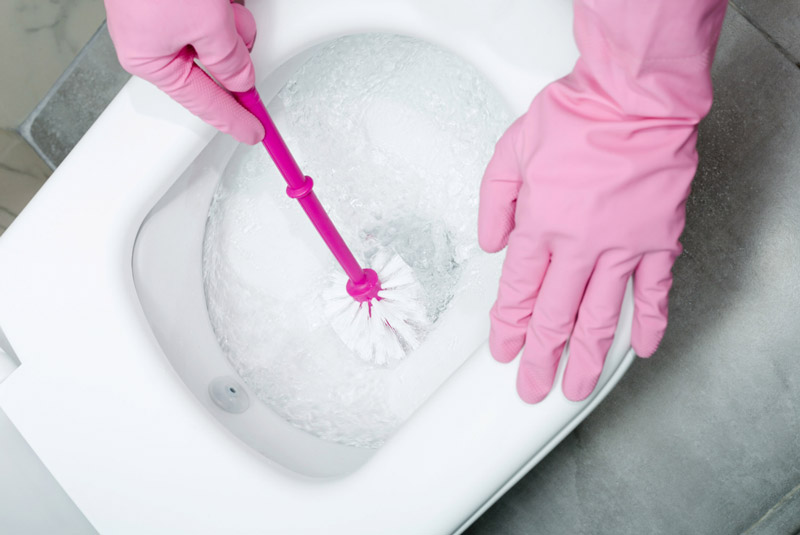
B. How to Clean a Toilet
Cleaning your toilet regularly is an integral part of toilet maintenance. Here’s how to clean a toilet:
- Put on gloves and safety goggles.
- Pour a cleaning solution (such as bleach or vinegar) into the toilet bowl.
- Use a toilet brush to scrub the inside of the bowl, and clean under the rim and in the trap.
- Let the cleaning solution sit for a few minutes.
- Flush the toilet to rinse away the cleaning solution.
- Use a clean cloth to wipe down the outside of the toilet, including the tank, seat, and base.
C. How to Troubleshoot Common Toilet Problems
Here are some common toilet problems and how to troubleshoot them:
- Clogs: Use a plunger to try and remove the clog. If that doesn’t work, try using a toilet auger to break up the clog.
- Running toilet: Check the tank’s flapper valve to ensure it’s sealing correctly. If it’s not, replace the flapper.
- Leaks: Check the water supply line and connections to the tank to see if there are any leaks. Tighten any loose connections or replace any damaged parts.
- Weak flush: Ensure the tank’s water level is high enough. If it’s not, adjust the float valve.
D. Tips for Preventing Toilet Issues
Here are some tips for preventing common toilet issues:
- Use toilet paper that is septic-safe.
- Only flush toilet paper and human waste down the toilet.
- Regularly clean the toilet to prevent build-up and stains.
- Fix any leaks or other issues as soon as you notice them to prevent further damage.
By following these tips and performing regular maintenance on your toilet, you can ensure that it functions properly and lasts for years.
[mailpoet_form id=”1″]
See Related Post: Bathroom Suites
Toilet Accessories
Toilet accessories can enhance the functionality and appearance of your toilet. From toilet paper holders to toilet seat covers, there are a variety of accessories to choose from.
In this section, we’ll provide an overview of popular toilet accessories, how to choose the right accessories for your needs, and installation and maintenance tips.
A. Overview of Popular Toilet Accessories
Here are some popular toilet accessories:
- Toilet paper holders: These are designed to hold and dispense toilet paper.
- Toilet brushes and holders: These are used to clean the inside of the toilet bowl.
- Toilet seat covers: These are designed to protect the toilet seat and provide a more comfortable sitting surface.
- Toilet rugs: These are designed to absorb water and provide a non-slip surface around the toilet.
- Toilet bowl fresheners: These are designed to keep the toilet smelling fresh and clean.
B. How to Choose the Right Toilet Accessories for Your Needs
When choosing toilet accessories, consider your needs and preferences. For example, choose accessories that don’t take up too much space if you have a small bathroom.
If you have children, choose accessories that are easy to clean and sanitize.
C. Installation and Maintenance Tips for Toilet Accessories
Here are some installation and maintenance tips for standard toilet accessories:
- Toilet paper holders: Install the holder securely and choose a design that is easy to refill.
- Toilet brushes and holders: Choose a brush with durable bristles and a holder that is easy to clean.
- Toilet seat covers: Choose a cover that fits your toilet seat properly and is easy to remove for cleaning.
- Toilet rugs: Choose a rug with a non-slip backing and wash it regularly to prevent mould and mildew growth.
- Toilet bowl fresheners: Choose a freshener that is safe for your toilet and won’t damage the toilet bowl.
By following these tips and choosing the right accessories for your needs, you can enhance the functionality and appearance of your toilet.
Toilet Design
Toilet design is an important consideration when it comes to both functionality and style.
This section will provide an overview of different toilet designs, how to choose the right design for your bathroom and popular toilet design trends.
A. Overview of Different Toilet Designs
Here are some different toilet designs:
- One-piece toilets have a seamless design with the tank and bowl fused.
- Two-piece toilets: These toilets have a separate tank and bowl attached.
- Wall-mounted toilets: These are mounted directly onto the wall, saving space and providing a modern look.
- Corner toilets: These toilets are designed to fit into tight spaces and can be a good option for small bathrooms.
- Smart toilets have high-tech features such as heated seats, bidet functions, and automatic flushing.
B. How to Choose the Right Toilet Design for Your Bathroom
When choosing a toilet design, consider the size and style of your bathroom. For example, if you have a small bathroom, a wall-mounted or corner toilet may be an excellent option to save space. Additionally, consider your budget and any specific features you may want, such as a bidet function or automatic flushing.
C. Popular Toilet Design Trends
Here are some popular toilet design trends:
- Minimalist designs: Simple, streamlined designs with clean lines are becoming more popular.
- Eco-friendly designs: Low-flow and composting toilets are gaining popularity due to their environmental benefits.
- High-tech features: Smart toilets with advanced features such as automatic flushing and heated seats are gaining popularity.
- Bold colours: Some homeowners choose bold colours for their toilets to add colour to their bathrooms.
By considering different toilet designs and popular trends, you can choose a toilet that functions well and adds style to your bathroom.
Conclusion
Toilets are essential to our daily lives, providing a clean and hygienic way to dispose of waste.
Properly functioning toilets are essential for both health and safety, as well as for your bathroom’s overall functionality and appearance.
We discussed the importance of toilets, different types of toilets, how to install and maintain a toilet, toilet accessories, toilet safety, and popular toilet design trends.
By understanding these topics, readers can make informed decisions regarding choosing, installing, and maintaining their toilets.
Now that you better understand toilets and their various components, it’s time to take action and improve your bathroom.
Consider upgrading to a more efficient toilet, installing safety features, or adding accessories to enhance the functionality and appearance of your bathroom.
By taking these steps, you can ensure that your toilet functions properly and adds value to your bathroom.
